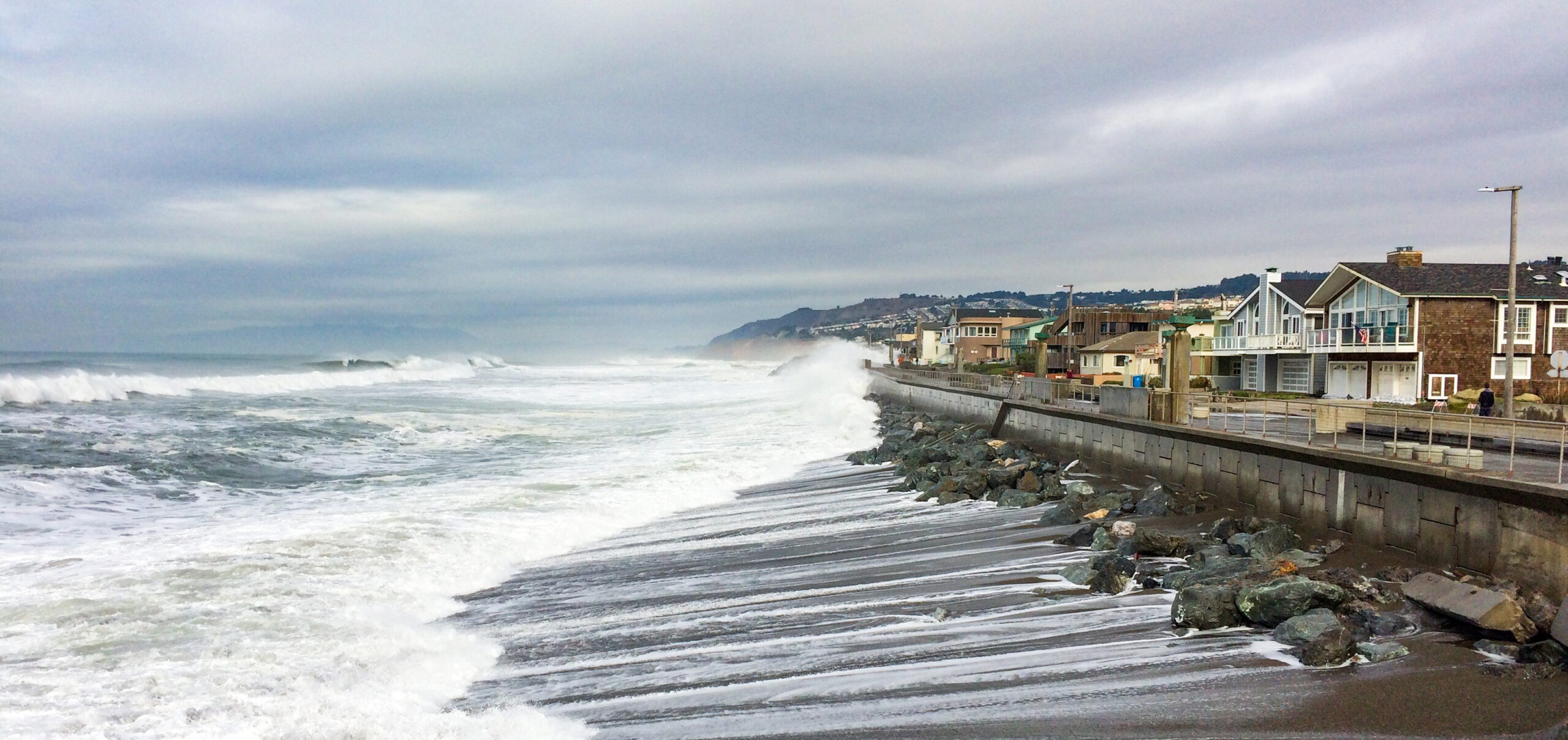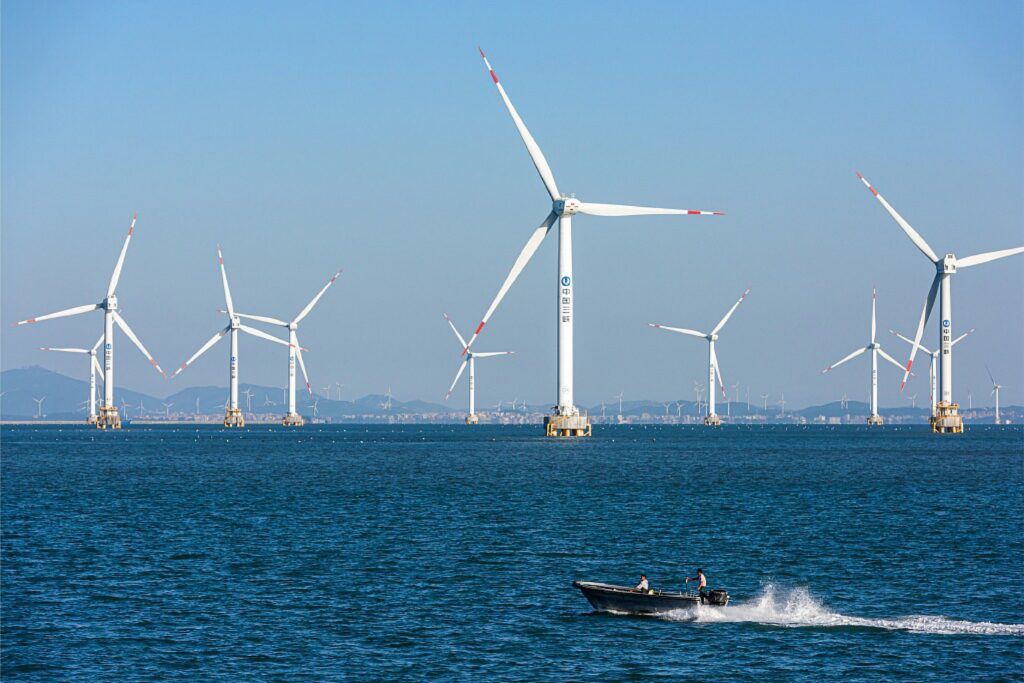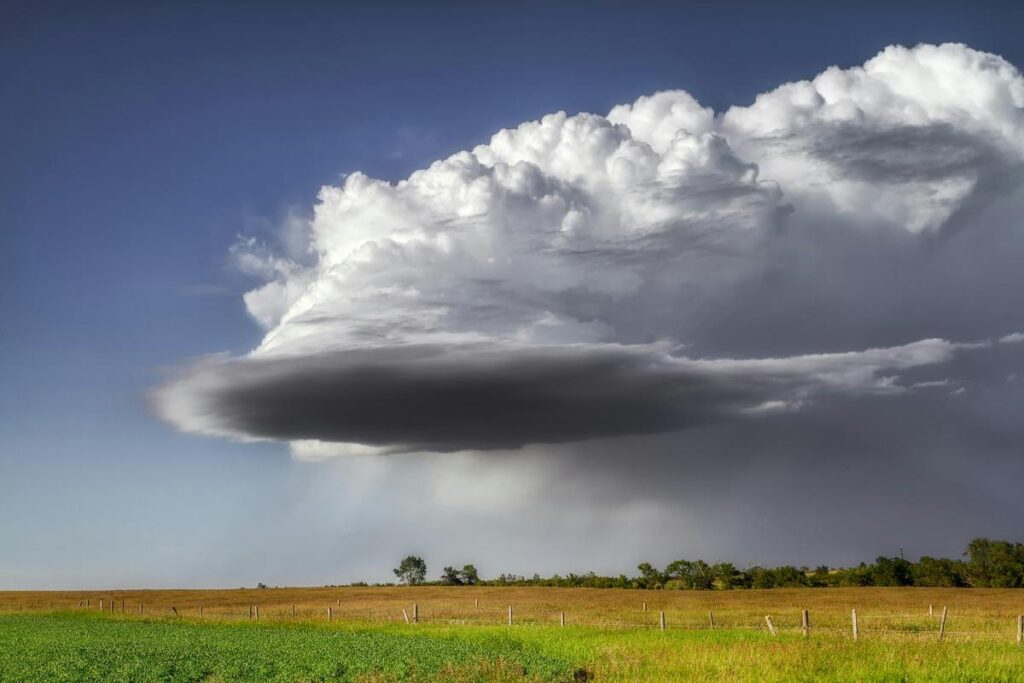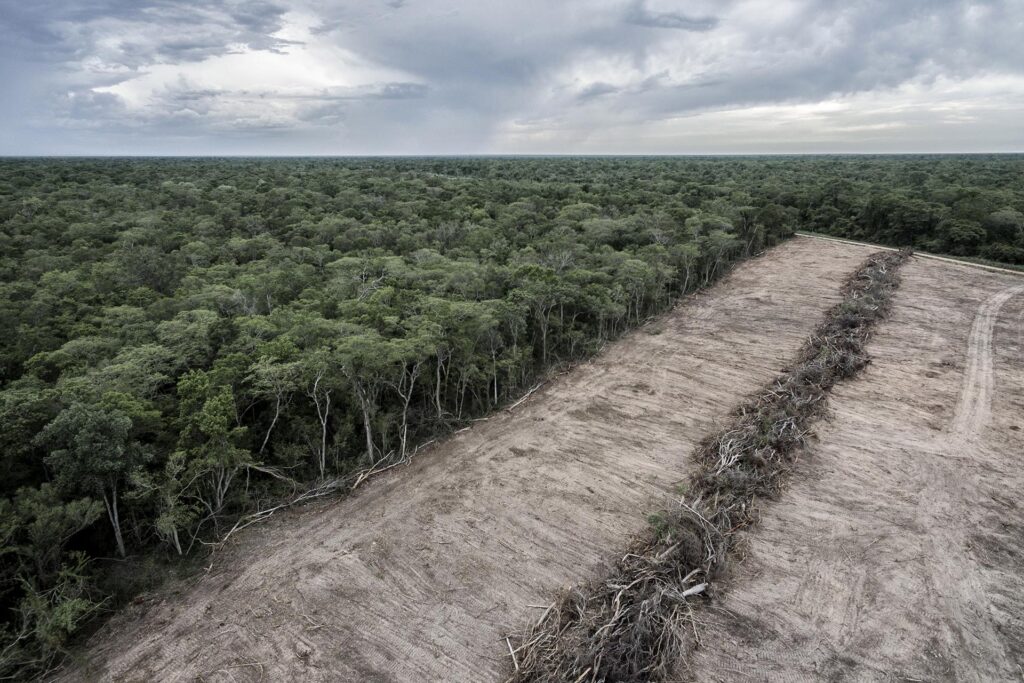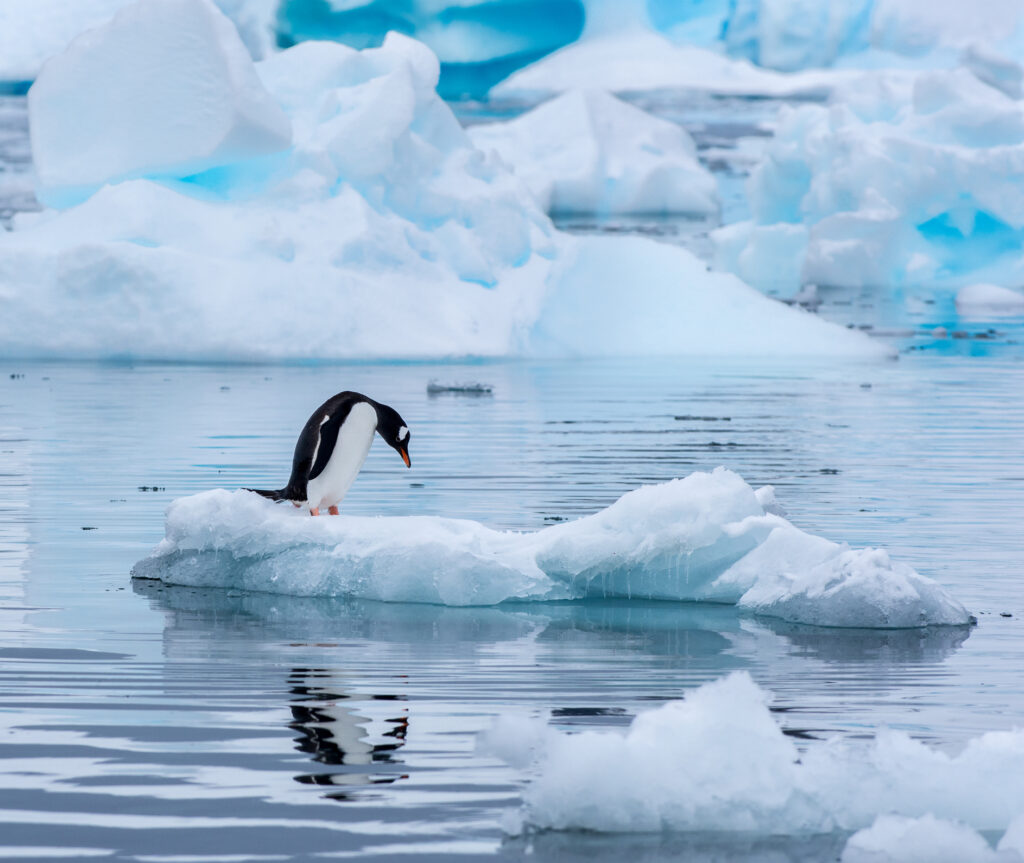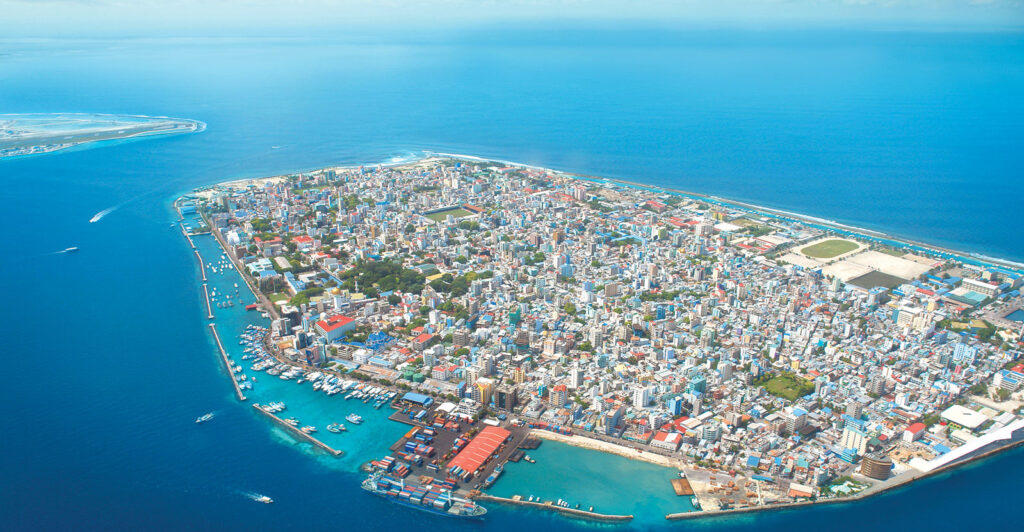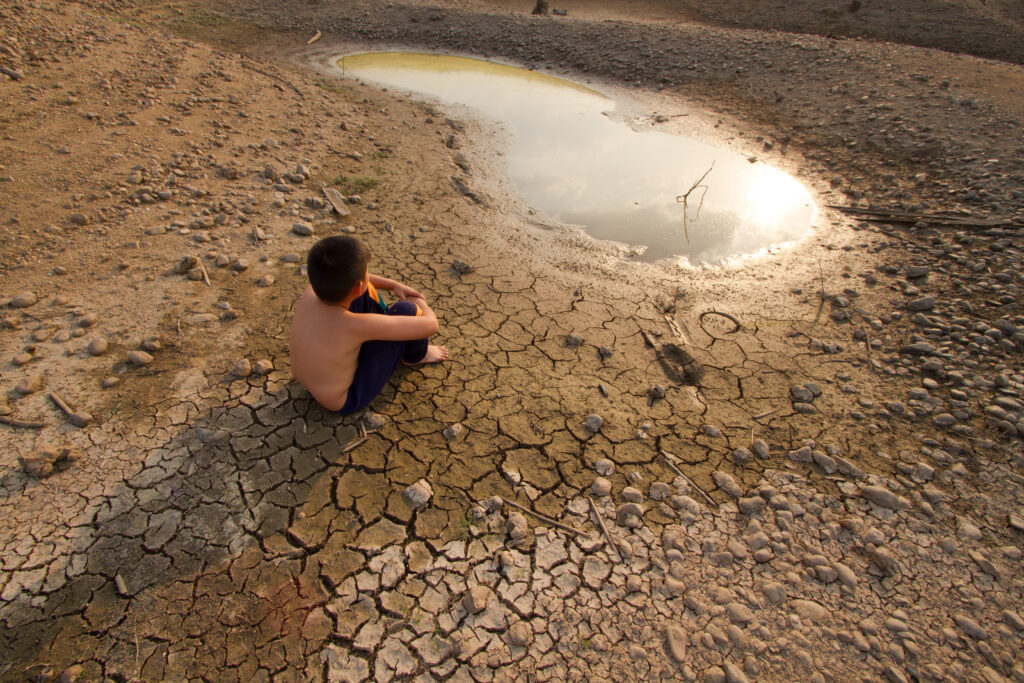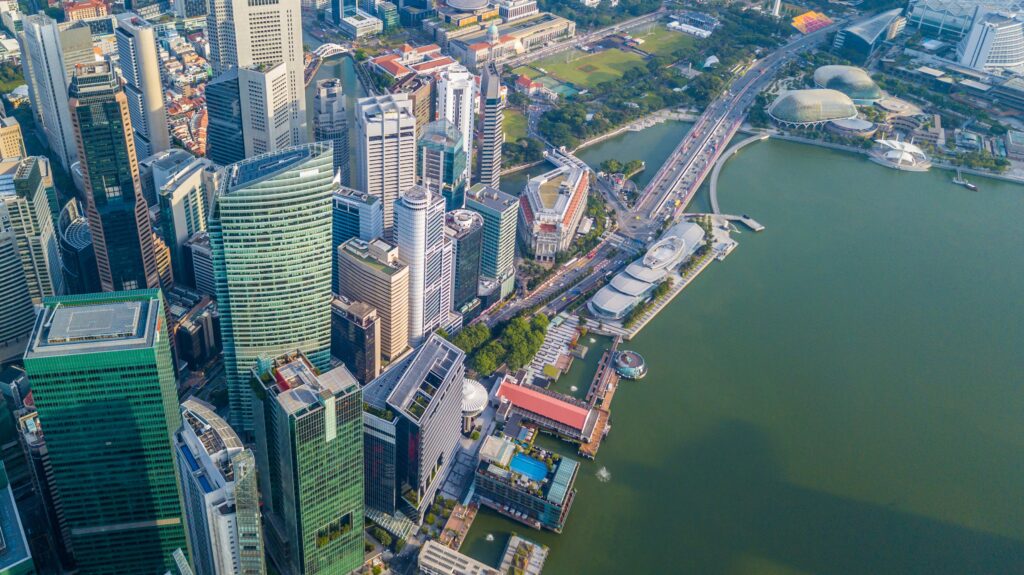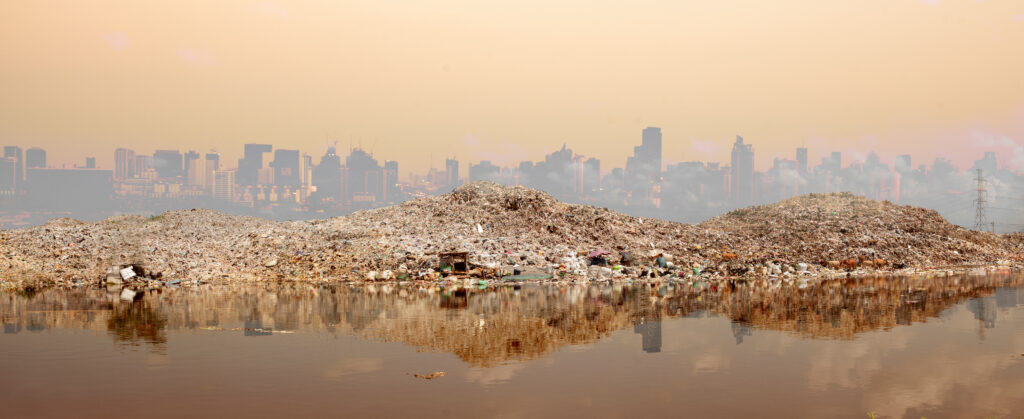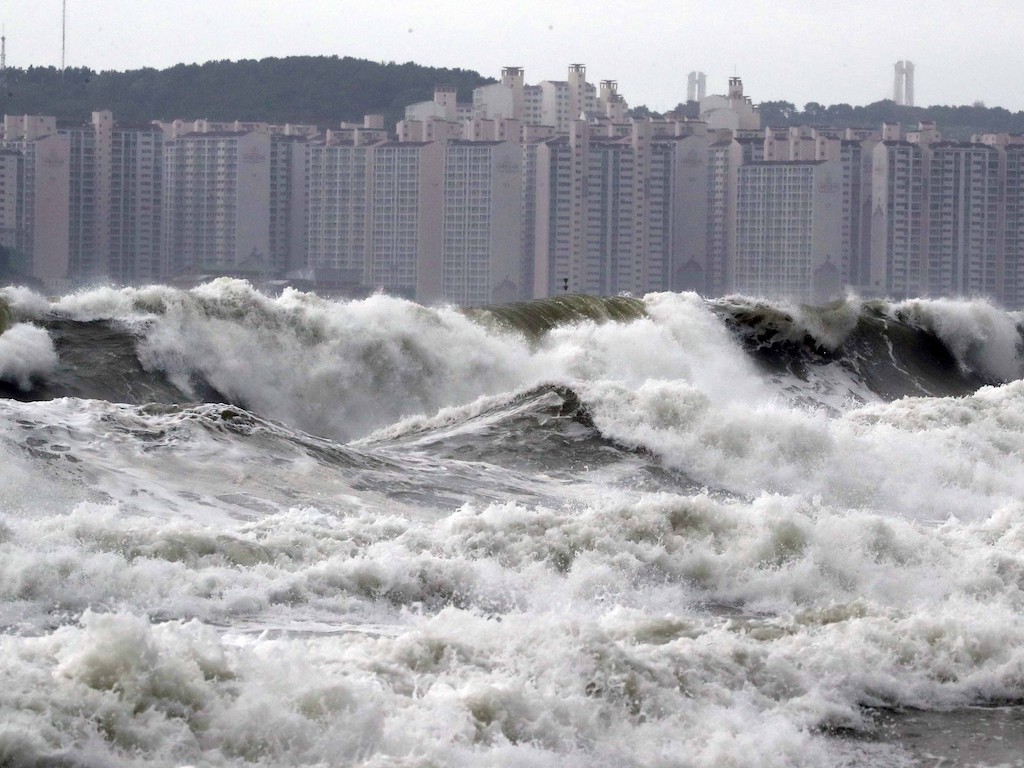Sea levels are rising at an alarming rate and pose significant threats to coastal regions worldwide. So, how do we prevent sea level rise? According to the Intergovernmental Panel on Climate Change (IPCC), global sea levels could rise by up to 1.1 meters by 2100 if current trends continue.
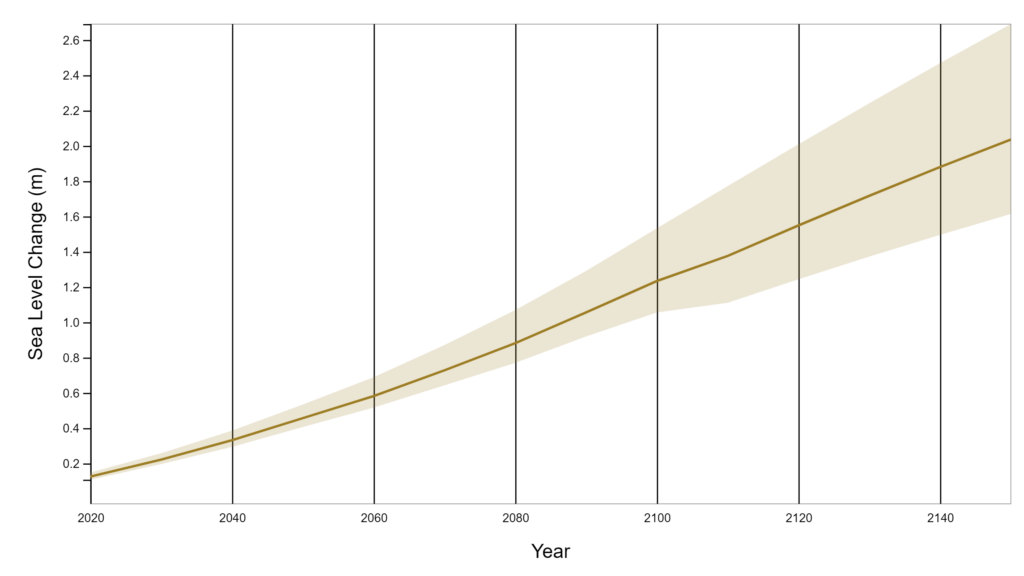
This global sea level rise will impact millions, particularly in densely populated and low-lying coastal regions. Over 900 million people live in these low-lying coastal areas. By 2050, nearly 300 million people will live in areas at risk of annual flooding and 200 million below the permanent high tide line by 2100. This will cause significant shifts in communities, leading to mass climate refugees and migration.
What Are the Four Main Causes of Sea Level Rise?
- Thermal Expansion of Sea Water
As global temperatures increase, sea water warms and expands. This water occupies more space, causing ocean levels to rise. Thermal expansion is responsible for about one-third of the observed sea level rise since 2004.
- Melting of Glaciers and Polar Ice Caps
Glaciers and ice caps around the world are melting at unprecedented rates. The melting of these ice masses, particularly in Greenland and Antarctica, adds more water to the ocean, leading to rising sea levels. For example, the Greenland ice sheet lost an average of 270 billion tonnes of ice per year.
- Loss of Ice from Greenland and Antarctica
In addition to surface ice melt, ice loss from the massive ice sheets in Greenland and Antarctica is accelerating. The Antarctic ice sheet, which contains about 60% of the world’s fresh water, is melting at an increasing rate due to both surface melting and the calving of icebergs.
- Land Subsidence
Land subsidence, often due to groundwater extraction and natural geological processes, can exacerbate the effects of sea level rise. In some areas, land is sinking faster than sea levels are rising, increasing the relative impact of rising seas. Tectonic activity can also play a role in local sea level changes, either raising or lowering landmasses.
How Can Sea Level Rise Be Stopped?
It is unlikely that we can prevent sea level rise. Even if all greenhouse gas emissions stopped today, temperatures would continue to rise for another few decades. However, it takes time for heat to leave the oceans and be radiated back into space. This means that even after global temperatures slowly decline, sea levels will continue to rise for several centuries.
Can We Slow Down Rising Sea Levels?
While stopping sea level rise entirely is unlikely, we can significantly slow its rate and impact through various strategies.
Reducing Greenhouse Gas Emissions
The most direct approach to mitigating sea level rise is reducing greenhouse gas emissions, the primary driver of global warming. The world needs to pursue full decarbonisation, which is supported by international promises like the Paris Agreement. On the national level, developing decarbonisation strategies is critical to meeting decarbonisation goals. Policies like carbon pricing, industry emissions caps and subsidies for sustainable technologies are all important.
Beyond policy, decarbonisation needs to be applied to fossil fuel processes. This falls into three primary categories: growing renewable energy capacity, improving energy efficiency and transitioning to low-carbon technologies. Transitioning to renewable energy sources directly reduces our reliance on fossil fuels. Adopting low-carbon technologies, such as electric vehicles, allows the integration of renewable energy into fossil fuel-reliant processes. Enhancing energy efficiency in buildings, transportation and industries reduces global energy demand and makes a 100% renewable energy supply easier to achieve.
Enhancing Carbon Sequestration Methods
Carbon sequestration offers a way to reduce the amount of greenhouse gases already released into the atmosphere. It involves capturing and storing or using carbon dioxide from the atmosphere. This can be done through natural processes like reforestation and soil management, as well as technological solutions such as carbon capture and storage (CCS).
Managing Coastal Development and Reducing Deforestation
Coastal development should be carefully managed to prevent further environmental degradation and protect natural ecosystems resilient to sea level rise. For example, mangrove forests reduce coastal erosion and diffuse energy from storm surges. This protects coastal communities and reduces the risk of flooding during storms.
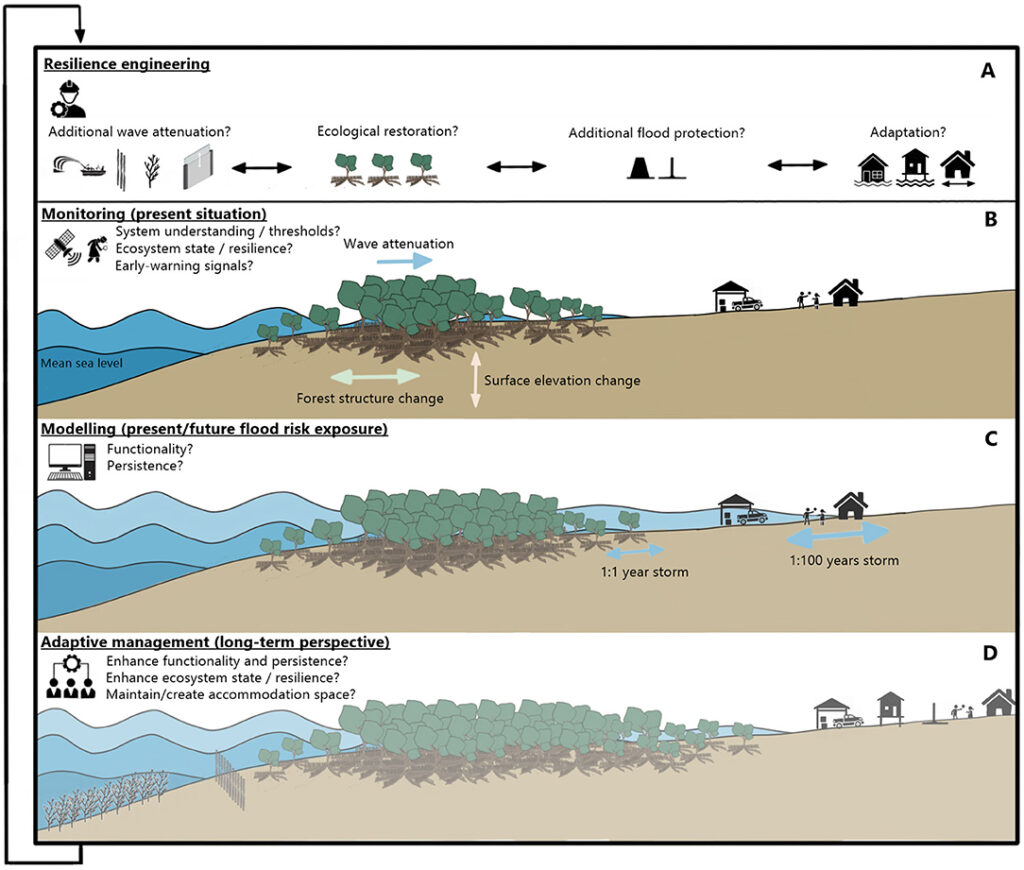
Also, forests act as a significant carbon sink, absorbing over 10 million tonnes of carbon from the atmosphere annually – the equivalent emissions of 2 million cars. Reducing deforestation protects this natural ecosystem.
Adapting to Rising Sea Levels
Adaptation strategies are crucial for coping with the inevitable impacts of sea level rise. Coastal defences like sea walls and levees can protect vulnerable areas from flooding. These structures need to be designed to withstand future sea level projections. In some cases, relocating communities away from high-risk areas may be the most viable solution. Managed retreat involves strategic planning to move infrastructure and populations to safer locations.
Protect Coastal Communities from Storm Surges and Coastal Flooding
Ecosystem-based strategies, such as mangroves and wetlands, provide critical protection against storm surges and erosion. Restoring and conserving these ecosystems can enhance coastal resilience. Finally, urban planning should incorporate climate resilience, including constructing flood-resistant buildings and creating green spaces that absorb excess water.
The Urgency of Adapting to Sea Level Rise
Adapting to sea level rise is not just necessary – it is critical for the survival and prosperity of coastal communities worldwide. The projected costs of inaction are staggering. Without adaptation measures, the annual cost of flooding in coastal cities could rise to USD 1 trillion by 2050.
Securing the necessary funding for these adaptation efforts requires a multifaceted approach. Governments must prioritise climate resilience in their budgets and policies, while international cooperation and financial support from developed nations are crucial. Innovative financing mechanisms, such as green bonds and climate resilience funds, can also play a significant role.
Decision-makers must take proactive steps to protect vulnerable regions and ensure a sustainable future. By investing in adaptation now, we can reduce the long-term impacts and costs of sea level rise, safeguarding communities for generations to come.
Eric Koons
Writer, United States
Eric is a passionate environmental advocate that believes renewable energy is a key piece in meeting the world’s growing energy demands. He received an environmental science degree from the University of California and has worked to promote environmentally and socially sustainable practices since. Eric has worked with leading environmental organisations, such as World Resources Institute and Hitachi ABB Power Grids.
Eric is a passionate environmental advocate that believes renewable energy is a key piece in meeting the world’s growing energy demands. He received an environmental science degree from the University of California and has worked to promote environmentally and socially sustainable practices since. Eric has worked with leading environmental organisations, such as World Resources Institute and Hitachi ABB Power Grids.

